30 Amazing Spanish Spirits & Liqueurs Every Drinker Needs
Spanish spirits liqueurs represent a vibrant tapestry of cultural heritage and artisanal craftsmanship.
Generations of passionate distillers have perfected unique recipes passed down through family traditions.
These liquid treasures capture the essence of regional landscapes and time-honored techniques.
Rich flavors dance across the palate, reflecting Spain's diverse culinary landscape and agricultural bounty.
Complex botanical blends and carefully selected ingredients tell stories of local communities and their deep-rooted connections.
Smooth, intense, and often surprising, these libations offer more than just a drink - they provide a sensory journey through Spanish craftsmanship.
Each bottle carries a narrative of tradition, innovation, and cultural pride.
You'll want to savor these 22 essential Spanish spirits liqueurs for a true taste of authenticity:
Which Spanish Spirit & Liqueur Types Should You Taste?
Spain’s distillers craft spirits as lively and diverse as the country itself. Try these unique sips for a taste of Spanish tradition and innovation.
Ronmiel De Canarias
Ronmiel de Canarias is a golden honey rum liqueur native to Spain's Canary Islands, blending local honey and rum in a smooth, sweet spirit that captures island traditions.
Commercial production began in the 1950s after generations of home brewing in Canarian kitchens and bars.
Small-batch distilleries carefully craft this drink using regional honey and premium rum, creating a rich golden to mahogany-colored liqueur.
Alcohol content ranges between 20% and 30%, delivering a warm, sweet profile with caramel and honey notes.
Locals traditionally serve ronmiel chilled or at room temperature as a digestif after meals.
Artisan producers continue using traditional methods passed down through generations.
Rum and honey combine to create a unique beverage reflecting Canarian culinary heritage.
Smooth and aromatic, ronmiel offers a genuine taste of island culture.
Ratafia Catalana
Catalonian ratafia marks a traditional Mediterranean liqueur crafted from unripe green walnuts macerated in aguardiente, creating a complex herbal spirit deeply rooted in Catalonian culinary heritage.
Home producers carefully blend aguardiente with green walnuts during early summer when nuts remain soft and green.
Lemon verbena, cinnamon, cloves, and nutmeg form the core flavor profile of this rustic drink.
Additional ingredients like citrus zest, bay leaves, chamomile, and fennel enhance its aromatic complexity.
Regional variations emerge from individual family interpretations and local ingredient availability.
Wild herbs and fruits contribute subtle nuances that distinguish each batch.
Small-batch production ensures every bottle reflects personal brewing methods and local botanical landscapes.
Licor 43
Licor 43 is a golden-hued Spanish liqueur crafted with forty-three secret ingredients by the Zamora family in the 1940s.
Diego Zamora and his relatives developed this sweet spirit based on an ancient recipe called liqvor mirabilis.
Aged and carefully filtered, the liqueur offers complex aromas of vanilla, citrus, and warm spices.
Smooth and dense in texture, Licor 43 delivers a rich flavor profile that delights drink enthusiasts.
Bartenders often serve it well-chilled over ice as a digestif or mix it into creative cocktails.
Spanish traditions highlight its versatility in both straight sipping and mixed drink preparations.
European liqueur lovers appreciate its unique golden color and intricate taste.
Hierbas De Mallorca
Hierbas de Mallorca are signature Mediterranean liqueurs crafted on Spanish island Mallorca with regional herbs like fennel, rosemary, chamomile, and citrus fruits.
Distilled from anise spirit, these powerful drinks range from sweet (dolces) to dry (seques) with alcohol content between 20-35% ABV.
Monasteries originally developed this herbal recipe, creating a unique beverage with green or amber coloration and intense herbaceous fragrance.
Artisan producers carefully select and blend fresh Mediterranean botanicals to create complex flavor profiles.
Traditional preparation methods preserve generations of island culinary wisdom.
Professional distillers meticulously balance herb combinations for distinctive taste.
Locals typically enjoy Hierbas de Mallorca as a post-meal digestif served in small shot glasses.
Tourists frequently bring bottles home as authentic Spanish souvenirs representing Mallorcan gastronomic heritage.
Pacharan
Pacharan is a traditional Spanish sloe-flavored liqueur originating in Navarre with a rich medieval heritage.
Craftsmen create this distinctive mahogany-hued spirit by macerating blackthorn berries in anise-flavored alcohol for several months.
Artisan producers often enhance the liqueur's complexity by adding roasted coffee beans, bay leaves, or select herbs and spices.
Bartenders serve pacharan chilled as a digestif or cocktail ingredient throughout Spain.
Regional variations showcase unique preparation techniques passed down through generations.
Sweet and smooth, the liqueur delivers a complex flavor profile that balances fruity and herbal notes.
Its alcohol content ranges between 25-30% ABV, making it a potent yet enjoyable beverage.
Spanish households and bars consider pacharan a beloved traditional drink with deep cultural roots.
Orujo
Orujo is a potent Spanish pomace brandy distilled from grape remnants after wine production, originating in northern Spanish regions like Galicia, Leon, and Asturias.
Traditionally home-brewed, this clear spirit boasts a strong 40-50% alcohol content and serves as a classic digestif.
Locals enjoy orujo in small shot glasses called chupitos, often sipping it slowly after meals.
Factory production has expanded in recent years, offering more varieties beyond the traditional clear version.
Artisan producers sometimes age the brandy or infuse it with herbs and fruits for added complexity.
Regional variations showcase the brandy's deep cultural significance in Spanish drinking traditions.
Each batch reflects the unique character of its grape origins and local production techniques.
Anis
Anisette is a potent Mediterranean liqueur distinguished by its intense anise flavor derived from the anise plant's aromatic seeds.
Mediterranean countries like Italy, Spain, France, Greece, and Turkey craft this spirit through careful distillation of anise and occasional botanical additions.
Distillers typically sweeten the liqueur after creating a pure anise-based spirit with alcohol content ranging between 40 to 60% ABV.
Versatile in consumption, you can enjoy anisette neat, over ice, mixed with water, or added to espresso for a traditional cafe corretto.
Bartenders frequently incorporate this liqueur into complex cocktails and long drinks.
Regional variations showcase unique production methods and flavor profiles.
Smooth and aromatic, anisette offers a distinctive drinking experience rooted in Mediterranean culinary traditions.
Some versions include additional herbs or spices to enhance the signature anise taste.
Herbero
Herbero is a traditional Spanish mountain liqueur crafted in Valencia's Serra de Mariola, featuring an intense herbal profile blending multiple wild mountain botanicals.
Mountain herbs like sage, chamomile, mint, verbena, peppermint, fennel, lavender, and thyme create its complex aromatic signature.
Aniseed provides a distinctive underlying flavor that distinguishes this unique spirit.
Distillation or maceration techniques transform fresh herbs into a potent liqueur.
Herbero ranges from deep yellow-green to amber in color.
Alcohol content typically sits between 40-50%.
Regional producers follow generations-old preparation methods.
Valencian families often create personal versions using secret herb combinations passed through decades of tradition.
Palo De Mallorca
Palo de Mallorca is a distinctive dark liqueur unique to Spain's Balearic Islands, crafted exclusively in Mallorca with traditional herbal ingredients like cinchona bark and gentian root.
Originally conceived as a medicinal bitter remedy in the 19th century, the liqueur transformed when producers added sugar and alcohol to enhance its flavor profile.
Rich caramel and licorice aromas define its complex taste, complemented by a dense sweetness and subtle bitter undertones.
Locals typically serve this specialty as an aperitif, mixing it with sparkling or soda water to create a refreshing drink.
European herbal liqueur enthusiasts prize this beverage for its nuanced flavor and cultural significance.
Dark and intense, the liqueur reflects Mallorca's unique gastronomic heritage.
Its distinctive preparation and regional origins make palo de Mallorca a true Mediterranean spirit.
Brandy De Jerez
Brandy de Jerez are sophisticated Spanish spirits distilled exclusively within Spain's sherry triangle using traditional solera aging methods.
Produced primarily from Airen grapes, these brandies mature in oak barrels previously used for sherry production, developing complex flavor profiles.
Each bottle transforms through carefully monitored aging processes that impart unique characteristics to the spirit.
Golden brown to mahogany colors distinguish these exceptional brandies from other international varieties.
Distinctive spicy, roasty, and woody aromas emerge during tastings, signaling their premium quality.
Spanish regulations mandate strict production standards to maintain authenticity.
Barrel selection and aging duration significantly influence the final taste experience.
Connoisseurs worldwide recognize Brandy de Jerez as a premier Spanish alcoholic beverage.
Gin De Mahon
Gin de Mahon represents a distinctive Spanish spirit steeped in Menorcan naval history and British colonial influence.
British naval presence in Menorca sparked this unique juniper-flavored alcohol during their occupation.
Xoriguer distillery remains the sole producer of this protected geographical indication spirit.
Grape brandy serves as the traditional base alcohol for crafting this distinctive gin.
Juniper berries and water combine to create its signature flavor profile.
Production techniques have remained consistent since the early 19th century.
Mahon's gin differs from London dry styles through its specific regional preparation methods.
Maritime heritage and local agricultural traditions shape this remarkable Mediterranean spirit.
Aguardiente De Ojen
Aguardiente de Ojen is a rare anise-flavored spirit steeped in Spanish history, originating from a small Andalusian village in 1830.
Pedro Morales first distilled this unique liquor, which quickly gained popularity before mysteriously fading into obscurity when its original recipe was lost.
Manuel Fernandez later created a White Label version primarily exported to New Orleans, where it became a favorite cocktail ingredient.
After declining anise spirit consumption led to its production halt in Spain during the early 1990s, the reserves finally depleted in 2009.
Sazerac Company eventually revived the spirit, motivated by New Orleans' continued demand for this traditional drink.
Historians remain uncertain whether the recreated version matches the original recipe.
Spanish distillation traditions and the spirit's complex backstory make Aguardiente de Ojen a fascinating piece of alcoholic heritage.
Passionate spirit enthusiasts continue to seek out this unique anise-based liquor with its rich cultural significance.
Hierbas Ibicencas
Hierbas ibicencas are aromatic herbal liqueurs native to Spain's Balearic island of Ibiza, crafted by steeping regional Mediterranean herbs in anise-based spirits.
These traditional drinks blend wild rosemary, thyme, fennel, and other local botanicals gathered from Ibiza's rugged landscape.
Families pass down secret recipes through generations, with each household maintaining unique ingredient combinations.
Industrial producers now create standardized versions while still honoring traditional methods.
Local distilleries carefully select and macerate herbs to extract complex flavors.
Alcohol content typically ranges between 25-30% proof, making it a potent digestif.
Islanders serve hierbas chilled as an after-dinner drink or use it in cocktails.
Tourists often purchase bottles as authentic souvenirs from their Ibiza travels.
Chinchon
Chinchon is a distinctive anise-based spirit originating from Madrid's namesake city, crafted through a meticulous distillation process using green anise seeds steeped in neutral alcohol and water.
Spanish distillers produce three unique varieties - special dry, dry, and sweet - each offering a different flavor profile and drinking experience.
Dry versions serve as a standalone drink, while sweet Chinchon frequently enhances dessert recipes.
Traditionally, Spaniards mix this aromatic spirit with water, creating a cloudy beverage best savored as a digestif.
Anise seeds provide its signature intense flavor and aromatic complexity.
Local drinkers appreciate its strong herbal character and smooth finish.
Madrid's regional spirit reflects Spain's rich alcoholic beverage traditions.
Connoisseurs enjoy Chinchon as a sophisticated after-dinner drink that showcases the region's unique distillation techniques.
Resoli
Resoliis a distinctive Spanish coffee liqueur originating in Cuenca, blending rich coffee essence with complex regional spirits and spices.
Spanish distillers craft this unique beverage using traditional methods passed through generations.
Moorish culinary influences likely inspired its original recipe, featuring a blend of coffee, brandy, and aromatic spices like cinnamon and cloves.
Manufacturers create their versions with slight variations, reflecting local tastes and family traditions.
Decorative bottles often mirror Cuenca's iconic Hanging Houses, adding visual charm to the drinking experience.
Regional artisans serve Resoliis in traditional porron pitchers, enhancing its cultural significance.
You can enjoy this liqueur as a digestif or mixed in sophisticated cocktails.
Each sip tells a story of Spanish heritage and craftsmanship.
Brandy De Jerez Solera Reserva
Brandy de Jerez Solera Reserva represents a sophisticated Spanish brandy aged a minimum of one year through traditional solera methods, delivering a complex spirit balanced between youthful vibrancy and mature depth.
Distilled in Spain's Jerez region, this mid-tier brandy contains 200 grams of volatile components per hectoliter, contributing to its rich aromatic profile.
Smooth and well-rounded, the spirit offers a medium to full-bodied texture with elegant notes of dried fruits, nuts, and vanilla.
Oak influences provide subtle depth without overwhelming the primary flavors.
Gentle spices emerge alongside a warm, lingering finish that reflects its careful aging process.
Connoisseurs appreciate its nuanced character and sophisticated bouquet.
Each sip reveals layers of complexity developed through traditional Spanish brandy-making techniques.
Brandy De Jerez Gran Reserva
Brandy de Jerez Gran Reserva represents Spain's most exceptional aged brandy, a premium spirit meticulously crafted through an extensive solera aging process typically spanning ten years.
Deep mahogany in color with iodized tones and greenish glass rim highlights, this sophisticated spirit concentrates 250 grams of volatile components per hectoliter of pure alcohol.
Smooth and well-balanced, it delivers elegant wood and dried fruit flavors with subtly integrated alcohol that creates a luxurious drinking experience.
Spanish producers carefully mature this brandy using traditional techniques that enhance its rich complexity.
Exceptional neat or with a water drop, it complements premium cigars and decadent desserts like dark chocolate and spiced cakes.
Connoisseurs prize its sophisticated profile and nuanced character.
Ideal for special occasions and contemplative evening sipping, Brandy de Jerez Gran Reserva embodies the pinnacle of Spanish brandy craftsmanship.
Brandy De Jerez Solera
Brandy de Jerez Solera represents Spain's finest young brandy, crafted in the Sherry Triangle with distinctive characteristics and complex flavors.
Spanish artisans age this spirit for six months to one year in American oak barrels, developing a smooth profile with straw gold to amber tones.
Volatile components enhance its aromatic depth, reaching up to 150 grams per hectoliter of pure alcohol.
Raw material and base wine aromas shine through its elegant profile.
Distillation techniques create an unctuous texture that coats the mouth with warmth.
Soft yellow reflections highlight its luminous appearance.
Oak barrel aging contributes significant character to its flavor profile.
Alcohol integration remains balanced and sophisticated.
Cantueso Alicantino
Cantueso is a distinctive Spanish herbal liqueur crafted from Thymus moroderi, a unique thyme-like plant native to southeastern Spain.
Distillers carefully macerate the plant's flowers and stalks in neutral alcohol, creating a sweet and herbaceous spirit with complex botanical notes.
Small-batch producers transform the macerate through a precise distillation process, then sweeten and age the liqueur in wooden barrels for at least two years.
Traditional production methods give cantueso its signature clear or caramel-tinted appearance and smooth flavor profile.
Regional artisans typically create this liqueur with an alcohol content ranging between 25 to 35% ABV.
Spaniards traditionally enjoy cantueso as a digestif, sipping it neat after meals to aid digestion.
Mixologists occasionally incorporate this unique spirit into creative cocktails, expanding its versatility.
Modern beverage enthusiasts appreciate cantueso as a testament to Spanish botanical craftsmanship and regional culinary heritage.
Brandy Del Penedes
Brandy del Penedes embodies Spain's rich distillation heritage, a sophisticated wine brandy crafted in Catalonia's lush Penedes region.
Distilled from fermented grape mash using native varieties like Macabeo, Xarello, and Perellada, this amber-hued spirit boasts complex flavors of caramel, toasted nuts, and vanilla.
Oak-aged in French or American barrels, the brandy develops its signature full body and depth through the traditional solera aging system.
Master distillers carefully stack barrels, blending younger and older spirits to create nuanced profiles.
Each barrel contributes unique characteristics, with older brandies providing profound depth and younger spirits adding fresh vibrancy.
Aged spirits are methodically transferred between rows, ensuring consistent quality and intricate flavor development.
Warm spice aromas and dried fruit notes complete this exceptional Spanish brandy's sensory experience.
Connoisseurs appreciate its sophisticated character and generations-old production techniques.
Cazalla
Cazalla is a potent Spanish anise-flavored liqueur hailing from Seville's Cazalla de la Sierra, boasting a powerful 49% ABV and clear appearance.
Rooted in 16th-century Andalusian traditions, this herbaceous spirit derives its distinctive flavor from the aniseed plant, delivering an intense and long-lasting anise aroma.
Traditional consumption methods include serving as an aperitif or digestive, often mixed with water, mistela, or lemon juice.
When combined with water, Cazalla transforms into a milky white beverage, revealing its unique character.
Spanish drinkers appreciate its dry (seco) style and strong herbal notes.
Regional distilleries carefully craft this spirit using time-honored techniques.
Anise lovers relish its complex profile and smooth finish.
Cazalla represents a quintessential expression of Andalusian liqueur craftsmanship.
Cafe Licor
Licor de Café is a distinctive Spanish coffee liqueur originating in Alcoy, Alicante, characterized by its unique dry profile that sets it apart from sweeter coffee liqueurs.
Roasted coffee beans are carefully macerated in a distillate, creating a sophisticated spirit with an alcohol content ranging between 15 and 25% ABV.
Traditional production methods emphasize a pure coffee essence without added sweetness.
Alicante and Valencia regions widely embrace this distinctive liqueur.
Regional distilleries take pride in crafting an authentic, robust beverage.
Spanish bartenders frequently serve it as a digestif or mixed drink.
Liquor enthusiasts appreciate its intense coffee flavor and smooth finish.
Mediterranean drinking culture celebrates this refined spirit as a genuine representation of local craftsmanship.
Spanish Spirit & Liqueur Producers With a Story to Tell
Get to know the makers who bring Spanish spirits to life. Their craftsmanship and creativity are poured into every bottle you open.
Miguel Torres
Torres Brandy represents Spanish distillation excellence through carefully crafted spirits produced by generations of master blenders in Barcelona's wine region.
Family-owned since 1928, Torres transforms white wine into premium brandy through traditional techniques and innovative approaches.
Torres brandies mature in carefully selected oak barrels, developing rich flavor profiles across multiple aging expressions.
Their signature collections like Torres 10, Torres 15, and Torres 20 offer distinctive taste experiences for discerning spirit enthusiasts.
Each brandy reflects meticulous aging processes that enhance complexity and smoothness.
Spirits range from younger, lighter versions to more intense, deeply characterized selections.
Distillers select specific white wine varieties to ensure superior quality and consistent taste.
Barcelona-based Torres continues its legacy of creating world-class brandies that showcase Spanish distillation expertise.
Fundador
Fundador is Spain's pioneering brandy that revolutionized spirits production with its groundbreaking Brandy de Jerez.
Established in 1730, this historic bodega in Jerez represents the oldest Spanish brandy producer with an unparalleled legacy.
Founders launched their flagship brandy in 1874, marking a transformative moment in Spanish spirits history.
Rigorous aging processes in authentic sherry casks define Fundador's exceptional quality and distinctive flavor profile.
Each bottle reflects generations of distilling expertise and commitment to traditional craftsmanship.
Spanish brandy enthusiasts appreciate Fundador's complex taste and smooth characteristics.
International markets recognize the brand's superior reputation and consistent excellence.
Continuous innovation ensures Fundador remains a global leader in premium brandy production.
Bodega Maruccia
Maruccia represents a boutique winery nestled in Llucmajor's serene southern Mallorca landscape, crafting exceptional wines with meticulous precision.
Founded in 2009 by Frank Maruccia, this intimate vineyard focuses on small-batch wine production away from tourist zones.
Independent wine production began in 2011, with an annual output of 7,500 bottles targeting expansion to 15,000 bottles long-term.
Frank's commitment to quality drives the winery's exclusive distribution strategy, selling wines directly on-site and through "Club de vino 953" membership.
Select fine dining establishments in Germany, Austria, and Mallorca also feature Maruccia's carefully crafted wines.
Passionate wine production occurs in tranquil conditions, ensuring each bottle reflects the vineyard's dedication to excellence.
Sophisticated wine enthusiasts seek out Maruccia for its unique, limited-production wines.
Intimate wine experiences characterize this boutique winery's approach to traditional winemaking.
Spanish Spirits and Liqueurs to Explore
Spain’s bars and homes pour a lively array of spirits and liqueurs, each full of personality. Savor something classic or bold and discover why Spanish drinks are made for sharing.
Miguel Torres 20 Hors d’Age Brandy
Torres 20 Hors d'Age exemplifies premium Spanish brandy mastery through meticulous solera aging techniques.
Sophisticated oak barrel maturation develops its extraordinary depth and complexity of flavor.
Velvety smooth textures glide across the palate with remarkable nuanced notes of dried fruits and vanilla.
Rich caramel and roasted nut aromas emerge from each carefully crafted sip.
Subtle spice undertones complement its intricate wooden character.
Toasted wood hints enhance its elegant profile.
Mature brandy enthusiasts treasure this exceptional spirit for its refined sensory experience.
Luxurious presentation makes it an ideal gift for discerning palates.
Miguel Torres El Gobernador
Pisco Gobernador is a prestigious Chilean spirit distilled from premium Muscat grapes in Chile's renowned Elqui Valley, representing generations of meticulous craftsmanship by Juan Torres Master Distillers.
Situated in an optimal grape-growing region, this pisco reflects decades of family expertise and commitment to exceptional quality.
Chilean pisco production involves carefully selecting and fermenting specific grape varieties before precise distillation.
Torres family techniques ensure each batch maintains high standards of smoothness and authentic flavor.
Muscat grapes contribute distinctive floral and fruity notes to the spirit's profile.
The distillery's legacy spans multiple generations, highlighting their deep understanding of traditional pisco-making methods.
Respected throughout Chile, Pisco Gobernador exemplifies national liquor traditions with its sophisticated character.
Connoisseurs worldwide recognize this spirit as a premium example of Chilean distilling excellence.
Fundador Sherry Cask Solera
Fundador Sherry Cask Solera embodies Spanish brandy innovation through traditional sherry cask aging techniques, creating a sophisticated spirit with remarkable depth and complexity.
Spanish craftsmen carefully mature this brandy in select sherry wine barrels, developing an exceptional amber-hued liquid with nuanced hardwood and wine-like characteristics.
Its smooth profile delivers harmonious flavors that gracefully transition from initial woody notes to a rich, lingering finish.
Sophisticated drinkers appreciate its balanced complexity and versatile mixing potential.
Brandy enthusiasts recognize its unique production method using solera aging systems.
Originating in Jerez, Spain, this spirit represents generations of distilling expertise.
Each sip reveals intricate layers of flavor developed through meticulous barrel selection.
Brandy connoisseurs consider it a prime example of Spanish distillation mastery.
Fundador Triple Madera
Fundador Triple Madera ranks among Spain's most sophisticated solera gran reserva brandies, distinguished by its unique triple-aging process in three distinct sherry casks.
Rare Amontillado, Oloroso, and Pedro Ximenez wine barrels contribute extraordinary depth and complexity to this amber mahogany spirit.
Luminous orange reflections shimmer through its rich coloration, signaling exceptional quality.
Sophisticated aromas blend spicy oak with nuanced wine esters, revealing layers of ripe fruits and sweet undertones.
Hints of honey, vanilla, and toffee dance across the sensory landscape.
Smooth and round, the brandy delivers an exquisite tasting experience with balanced flavors.
Candied fruit notes emerge alongside warm caramel undertones.
Crafted with meticulous Spanish tradition, this brandy represents generations of sophisticated distillation expertise.
Fundador Terry Primero
Fundador Terry Primero represents a premium Spanish brandy steeped in centuries-old winemaking heritage from Jerez's historic Bodegas Fundador, founded in 1730.
Crafted through meticulous aging processes, this amber-gold spirit boasts an intense and luminous appearance that hints at its exceptional quality.
Warm aromas of dried fruits and toasted wood immediately captivate the senses, signaling the brandy's sophisticated character.
Smooth and robust flavors dance across the palate with delicate notes of vanilla and nuts, creating a harmonious tasting experience.
Oloroso sherry barrel aging adds remarkable depth and complexity to its profile.
Balanced vinous undertones contribute to its distinctive taste, making it a standout among Spanish brandies.
Connoisseurs appreciate its structured and nuanced flavor palette.
Traditional production methods ensure each sip reflects generations of Spanish distilling expertise.
Why Is Licor 43 Unique Compared to Other Spanish Liqueurs?
Licor 43 stands out among Spanish liqueurs due to its distinctive blend of 43 natural ingredients, including citrus fruits, herbs, and vanilla.
This combination creates a smooth, sweet, and complex flavor profile that balances warmth and freshness. Unlike some regional liqueurs that focus heavily on one or two dominant flavors, Licor 43 offers a rich, layered taste that’s both versatile and approachable.
Its universal appeal has made it a popular choice for sipping neat, mixing in cocktails, or adding to desserts.
Are Spanish Liqueurs Typically Very Sweet?
Spanish liqueurs tend to be on the sweeter side, often highlighting natural fruit flavors, herbs, and spices with added sugars to enhance richness and smoothness.
However, sweetness levels can vary widely depending on the type - while some, like Licor 43 and crema de café, are noticeably sweet, others, such as herbal or anise-flavored liqueurs, balance sweetness with bitterness or aromatic complexity.
This diversity allows Spanish liqueurs to cater to a range of palates, from those who prefer dessert-like sweetness to others who enjoy more nuanced, herbal notes.

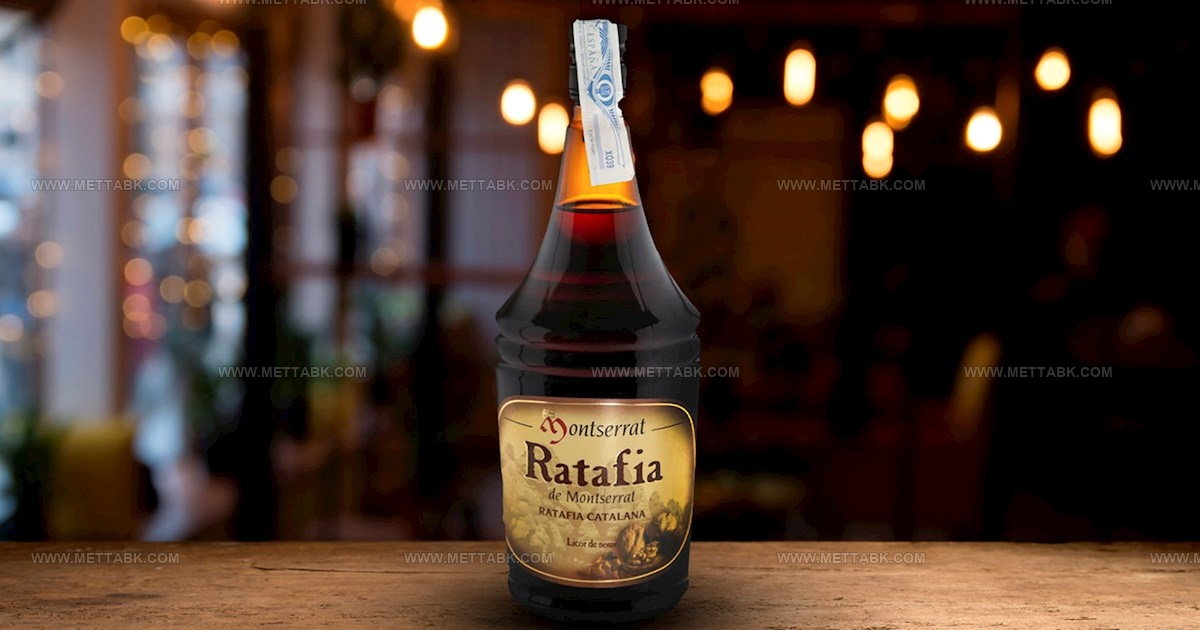

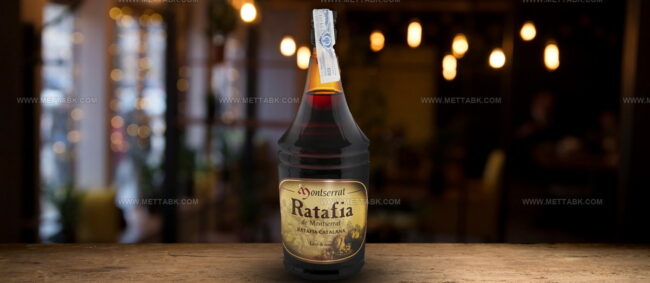
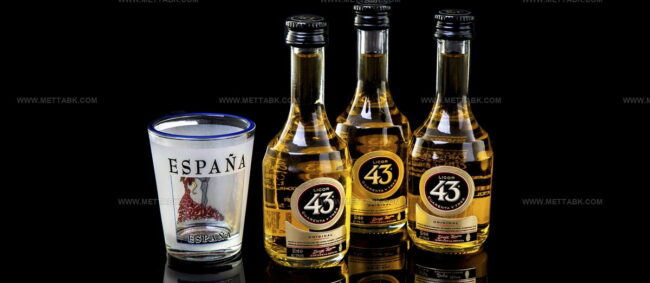
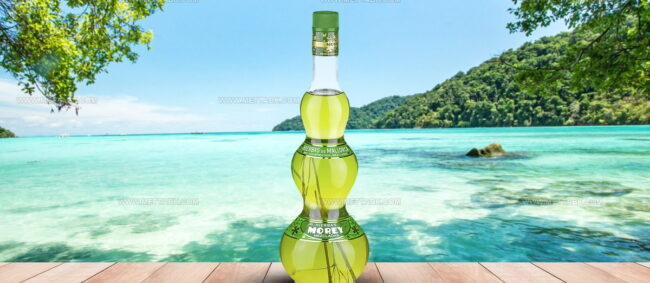
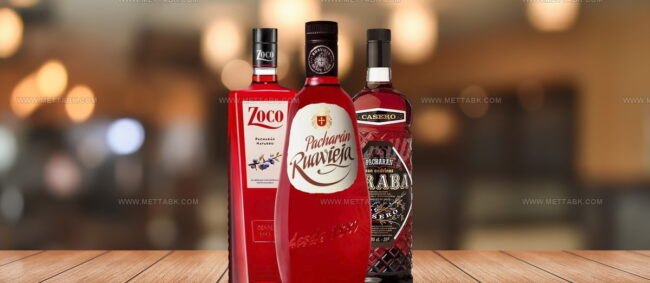
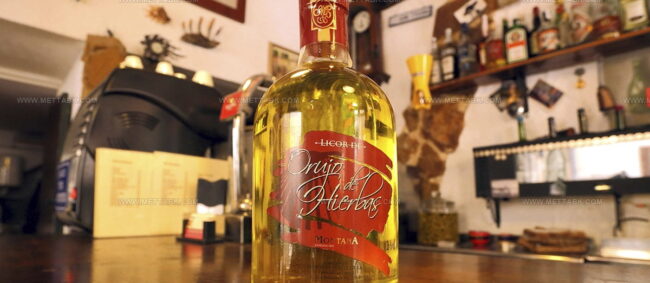
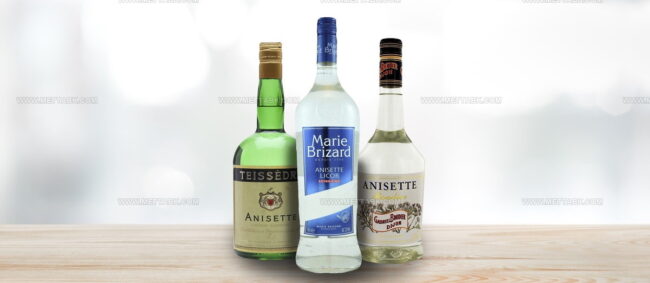
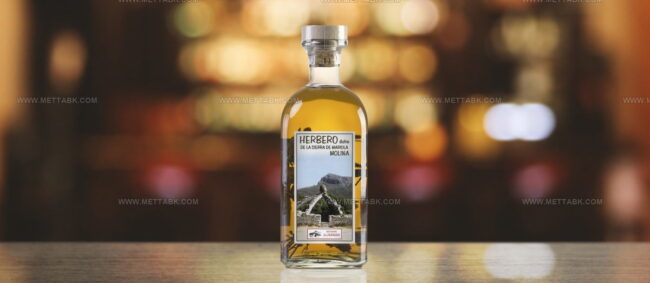




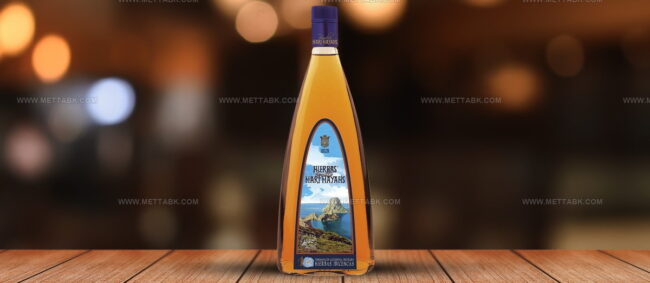
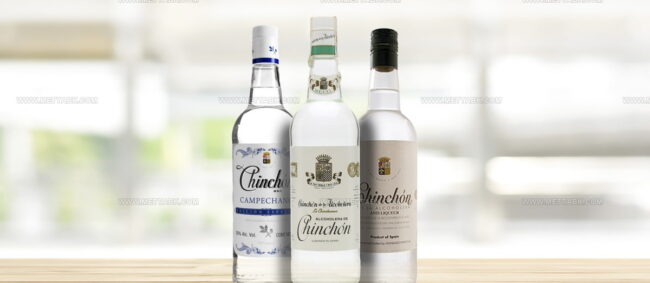
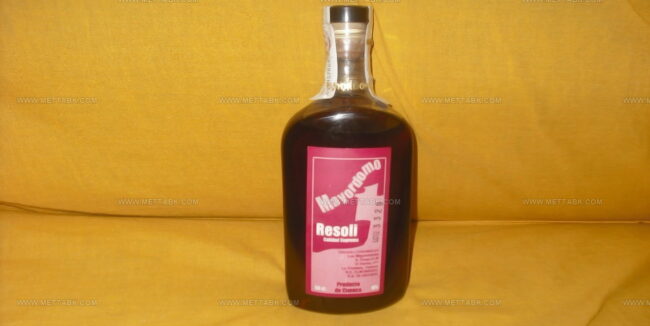

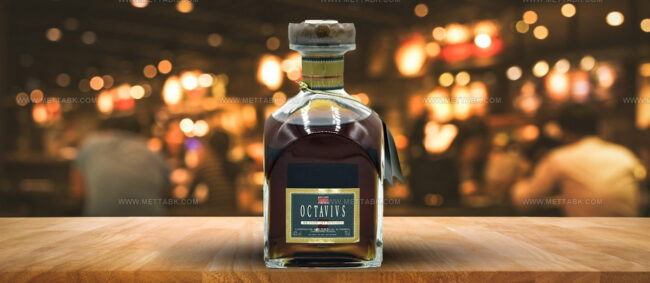
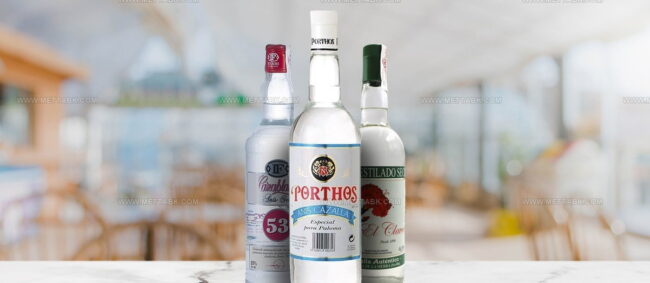
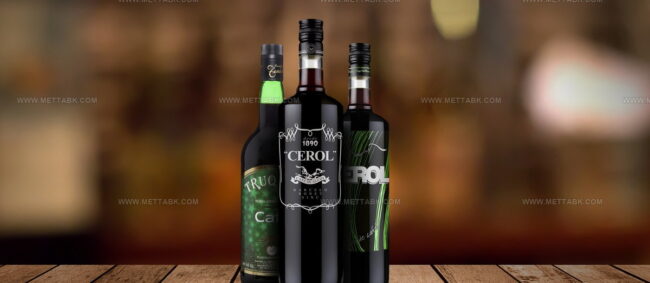
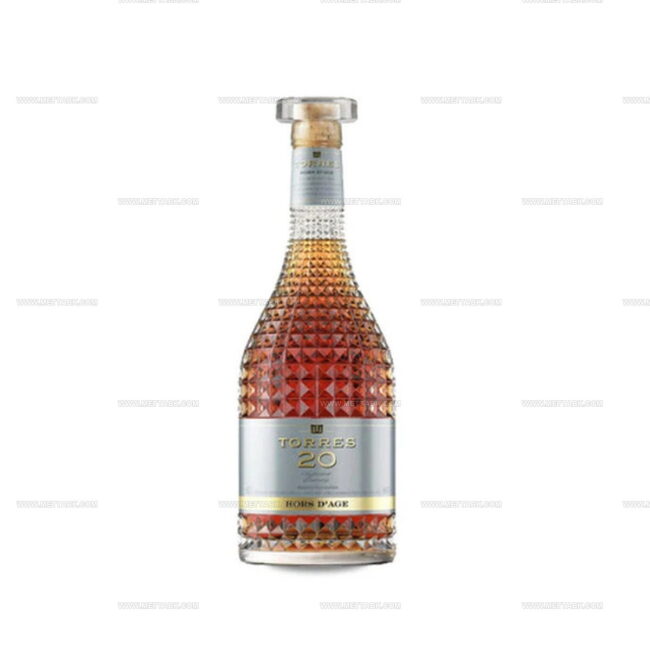
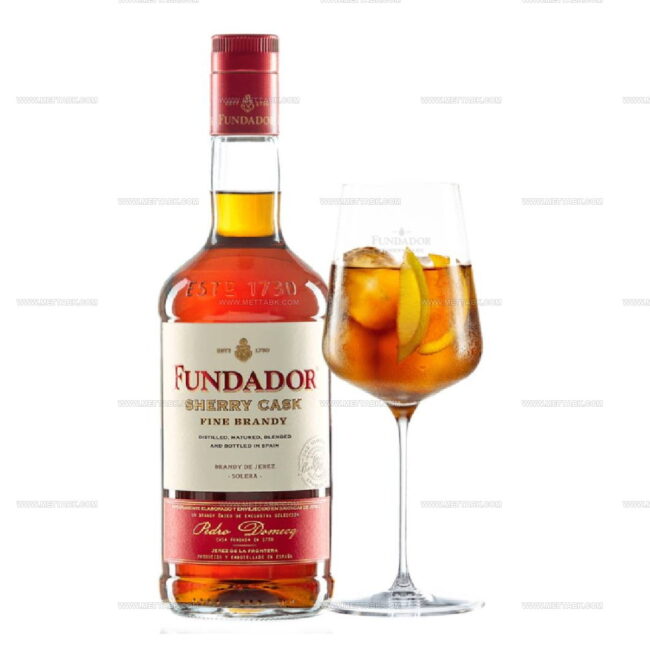
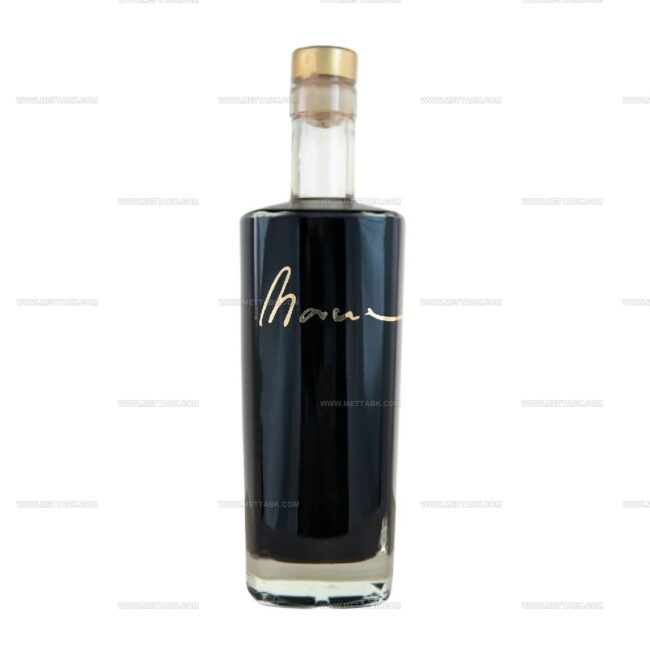
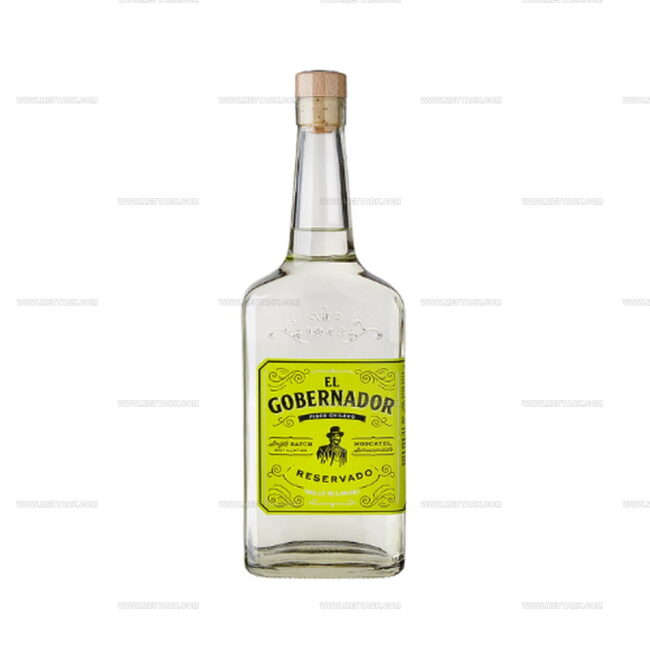
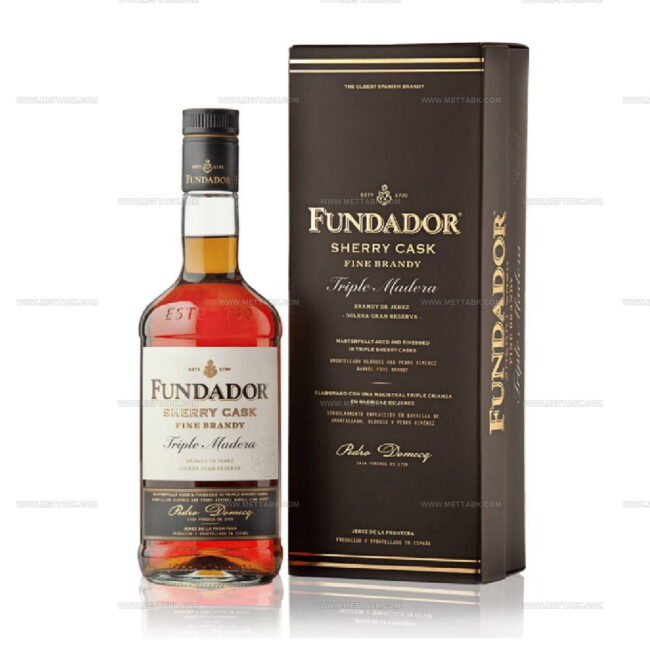
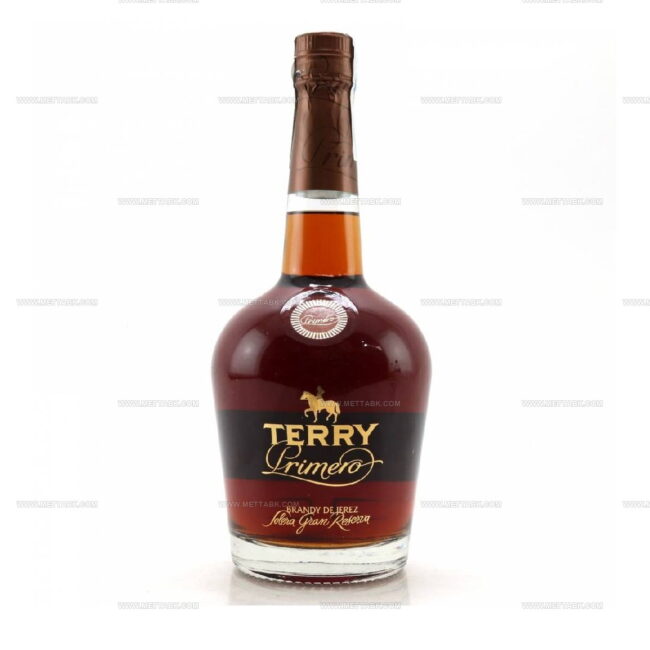
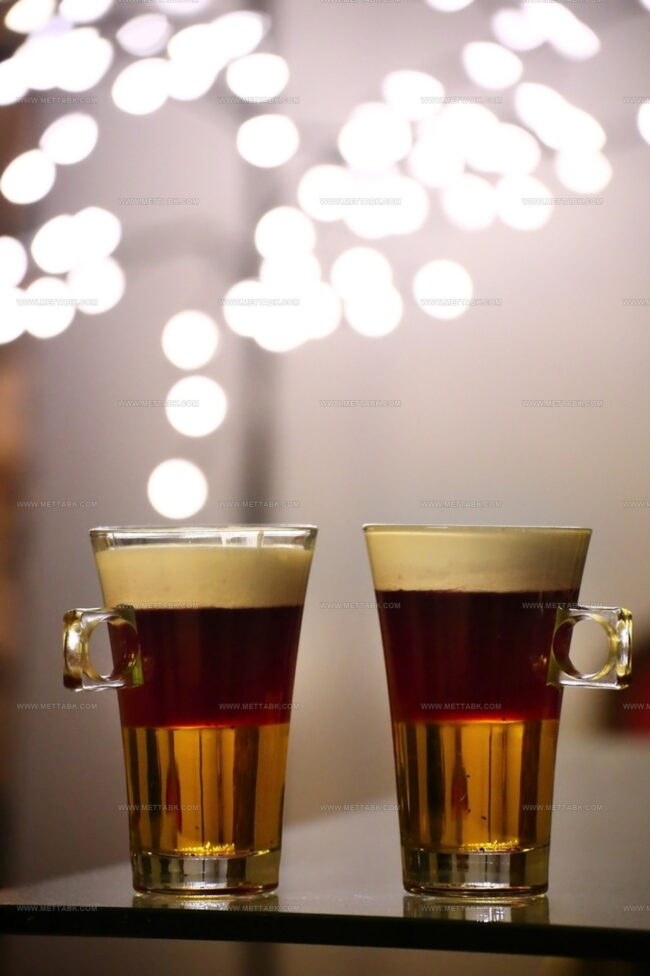

Clara Bennett
Contributing Recipe Developer & Food Writer
Expertise
Baking and Pastry Development, Gluten-Free and Allergy-Friendly Recipe Creation, Culinary Storytelling and Food Journalism, Recipe Testing and Standardization, Southern Comfort Foods and Modern Twists
Education
Sullivan University – National Center for Hospitality Studies
Associate Degree in Culinary Arts
Focus: Baking and Pastry Arts, Recipe Testing, and Culinary Journalism.
Clara specialized in crafting desserts that blend classic Southern comfort with modern techniques, while developing strong writing skills to tell the story behind every dish.
Lane Community College (Certificate Program)
Certificate in Food Writing and Photography
Focus: Culinary storytelling, recipe formatting, food styling, and visual presentation.
Clara’s love of baking started young, powered by homemade pies, biscuits, and stories passed around the family table.
After earning her degree at Sullivan University and a food writing certificate at Lane Community College, she turned her passion into a craft: sharing recipes that are simple, soulful, and always full of heart.
She’s big on bold flavors, flexible ideas, and creating sweets that fit any table (yes, even if you’re gluten-free). When she’s not baking, you’ll find her wandering farmers’ markets, styling food for the next photo shoot, or working on her ever-growing recipe journal.